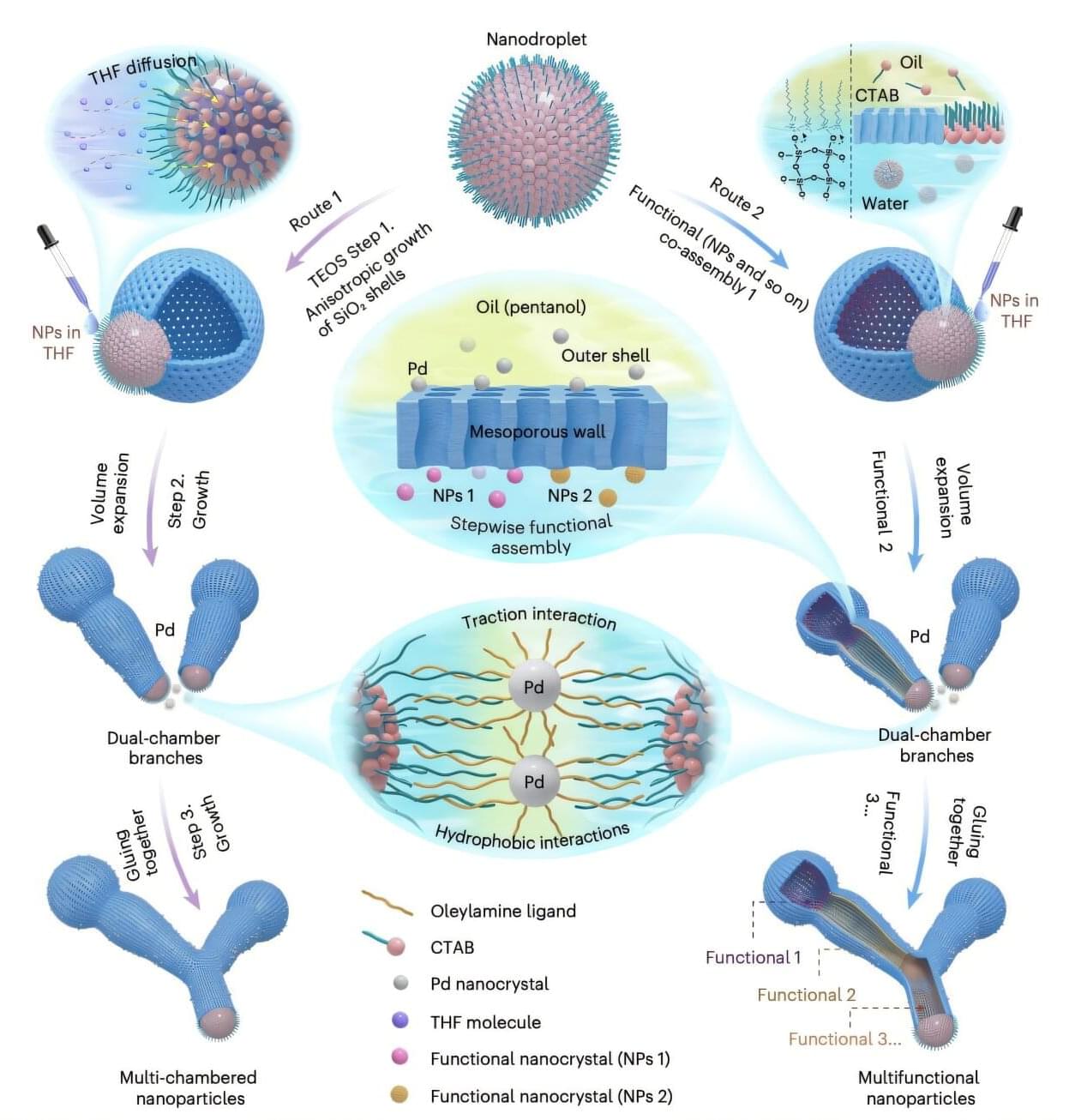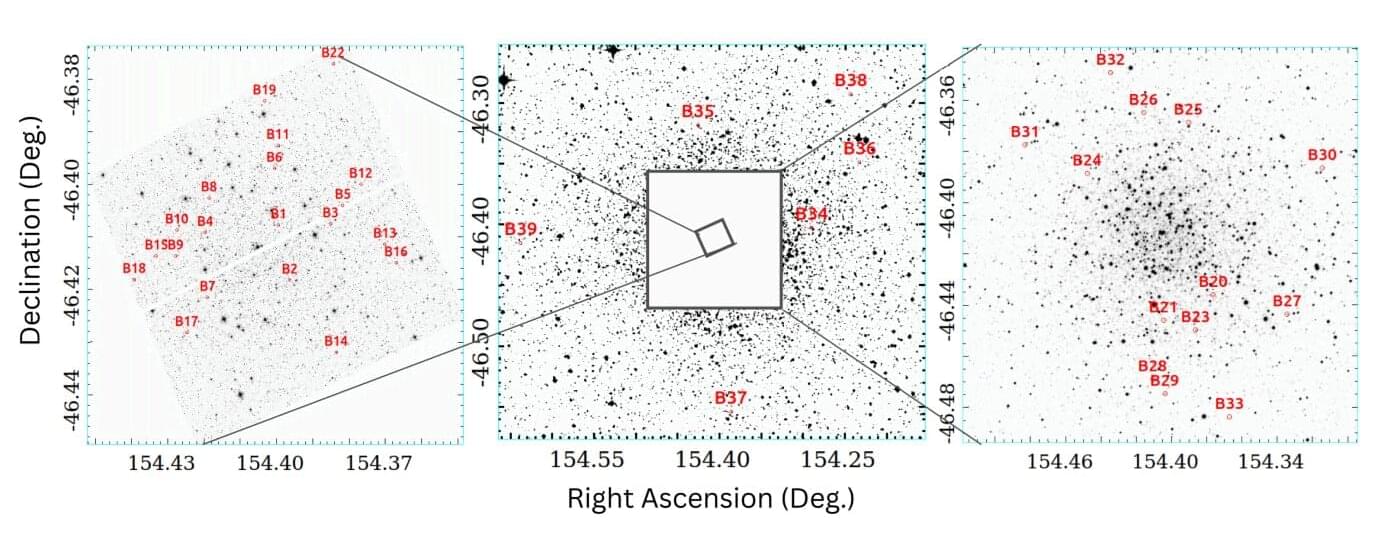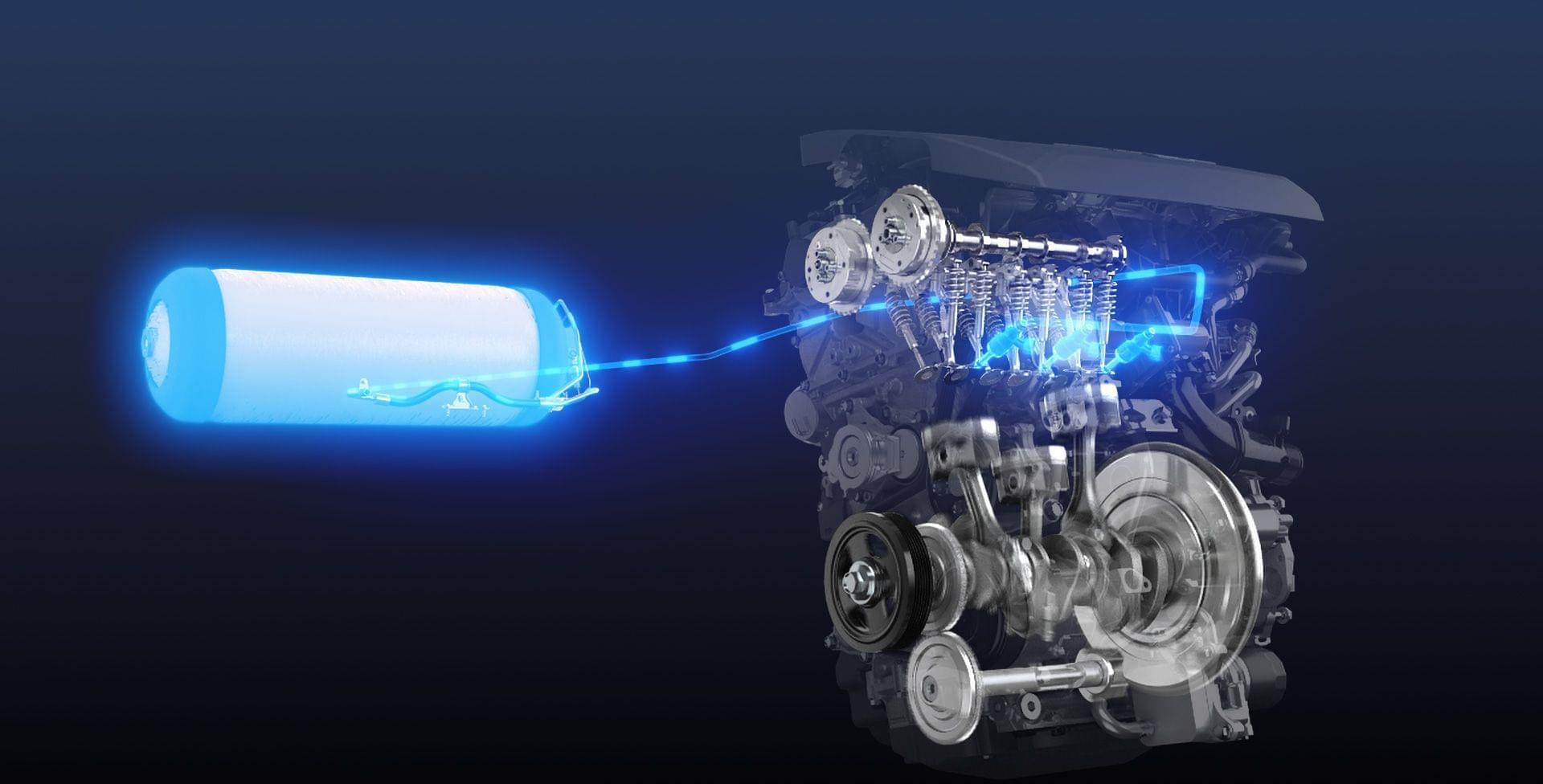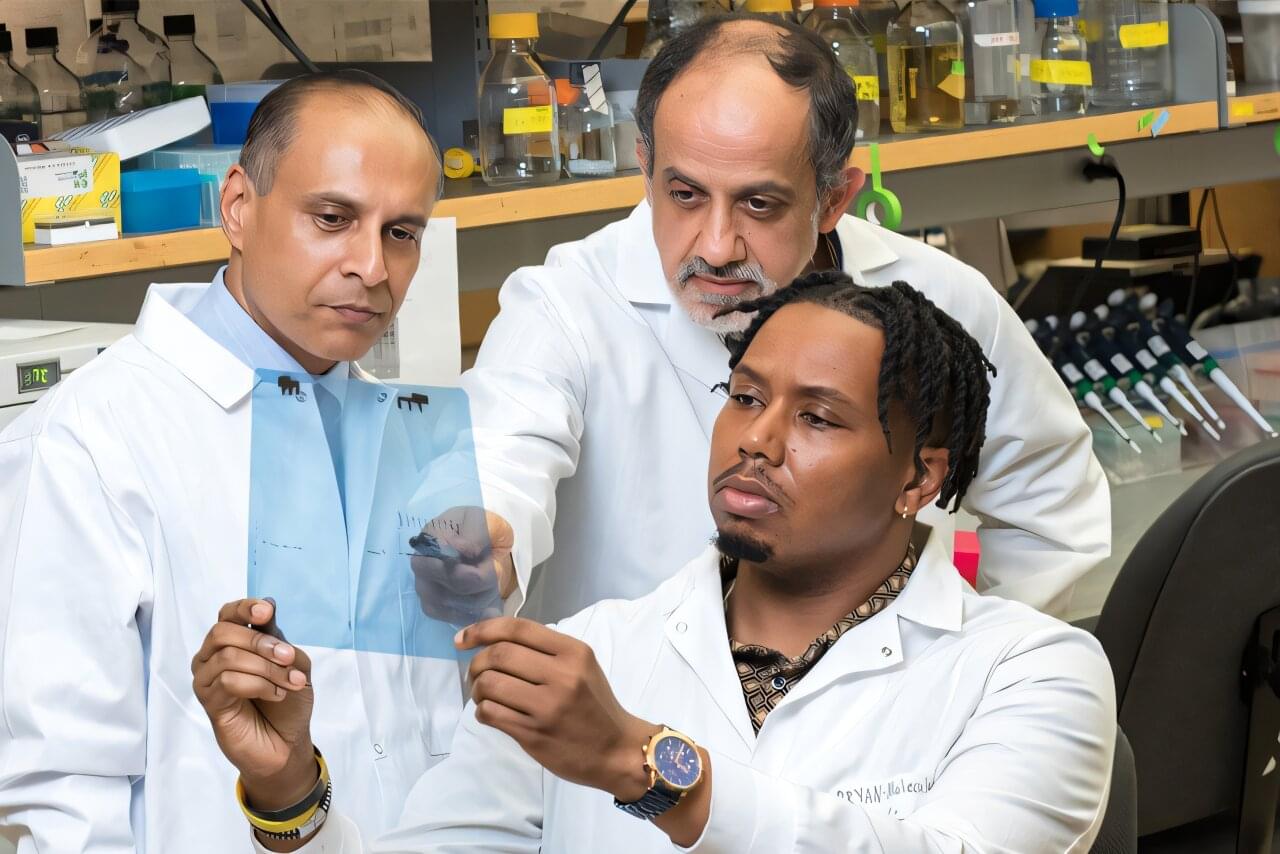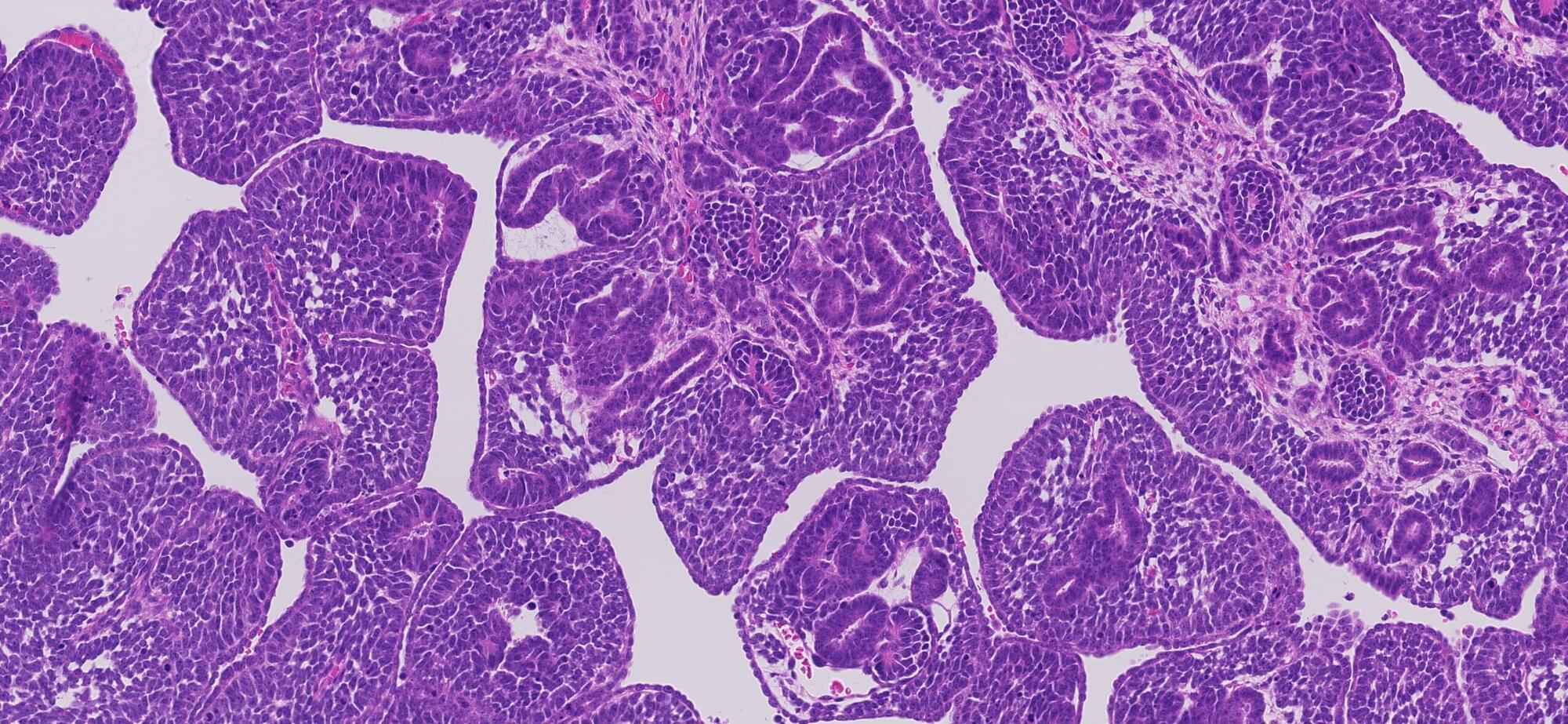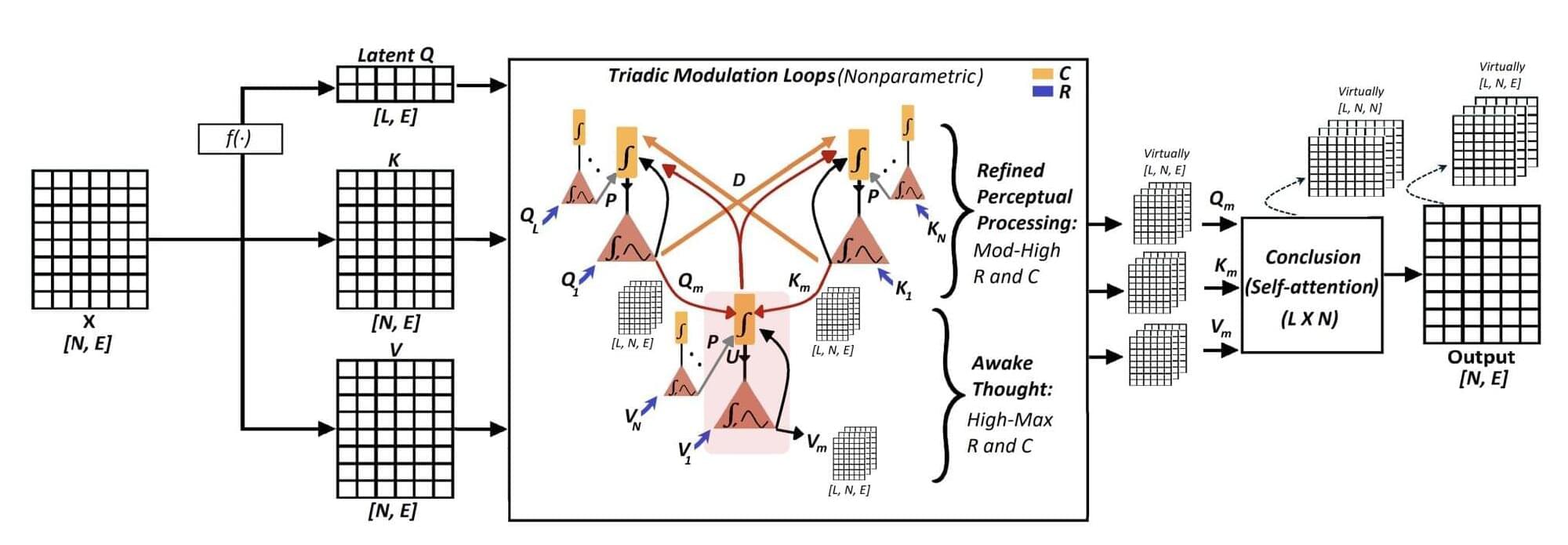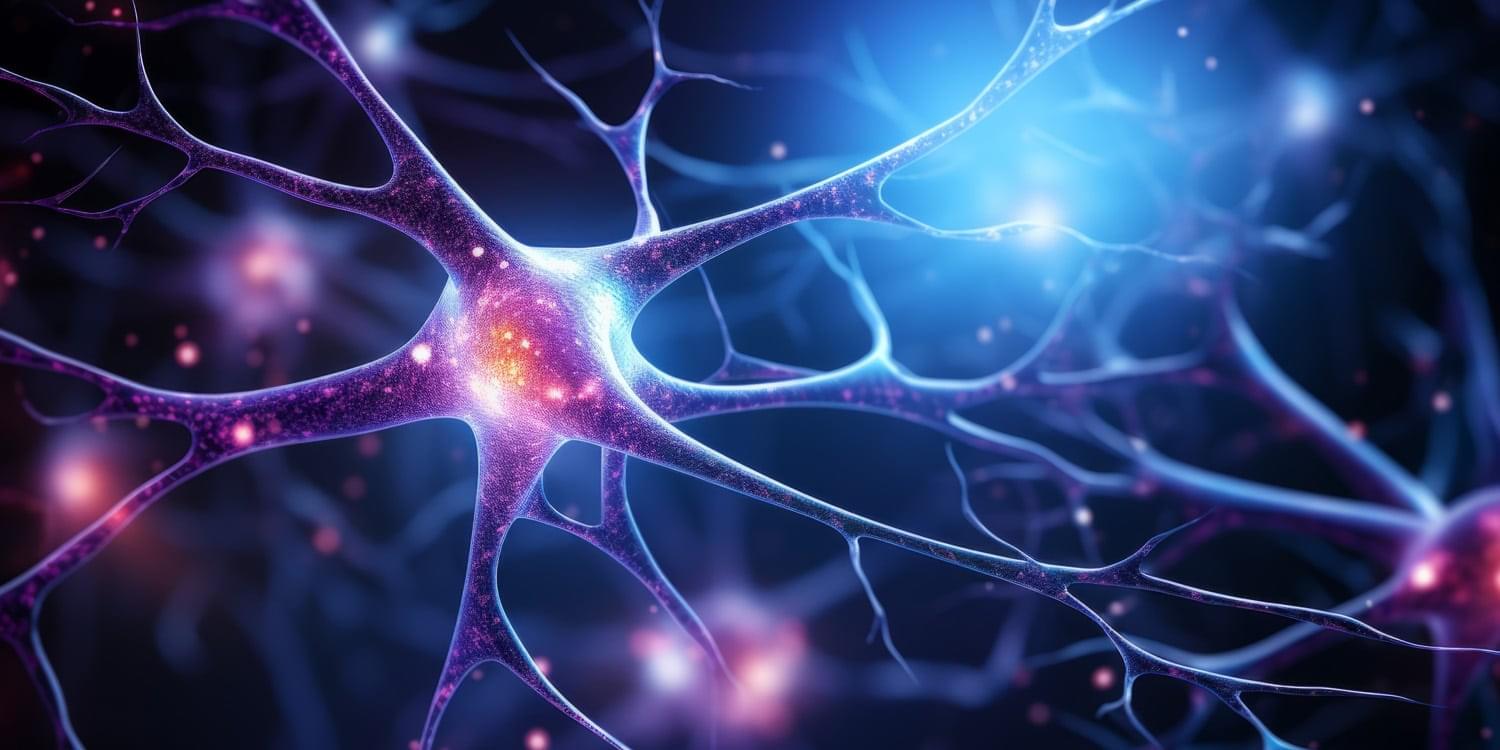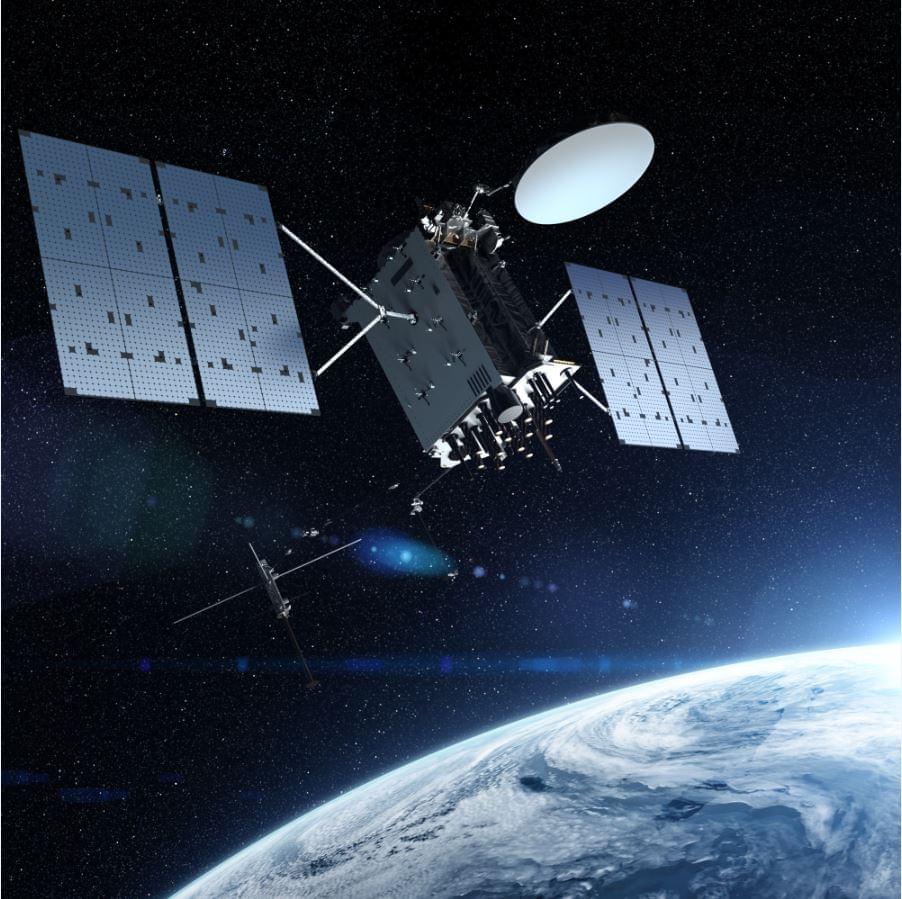Recent technological advances have opened new possibilities for the efficient and sustainable synthesis of various valuable chemicals. Some of these advances rely on nanotechnologies, systems or techniques designed to design and study materials or devices at the nanometer scale.
Nanoreactors are nanotechnologies designed to host and control chemical reactions within confined spaces. These small structures serve as tiny “reaction vessels” that enable the precise manipulation of the reactants, catalysts and conditions to elicit desired chemical reactions.
Researchers at Inner Mongolia University, Fudan University and Julin University in China recently developed a new paddle-like mesoporous silica nanoreactor that can stir itself when exposed to a rotating magnetic field. This nanoreactor, outlined in a paper published in Nature Nanotechnology, can mix chemicals at a molecular level, enhancing the efficiency of reactions and thus potentially enhancing the synthesis of various compounds.
